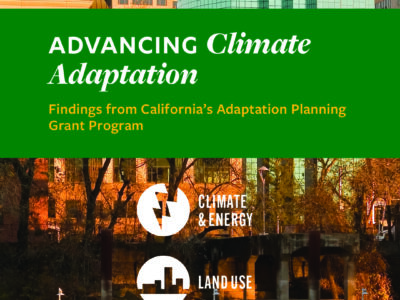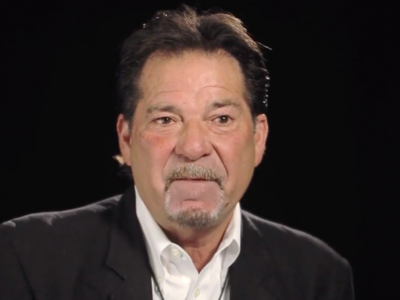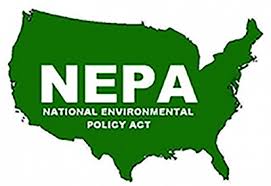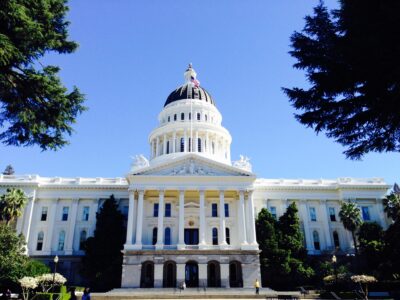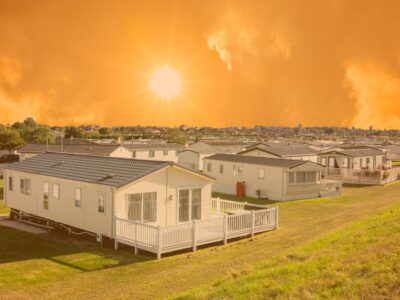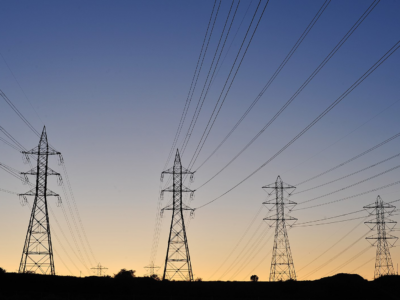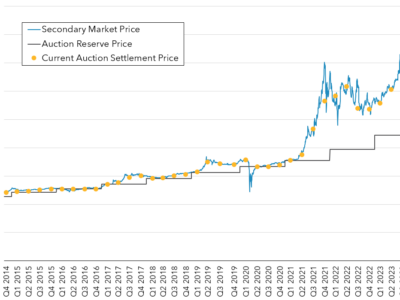California
Why are the Dodgers Sullying Their Brand With Big Oil?
As fossil fuel advertising increasingly comes under fire, it’s time for the ball club to call ‘strike three’ on 76.
On a recent trip to the Ravine, a friend and I couldn’t help but be struck by the prominence of advertisements for 76, a gas station company owned by the Big Oil conglomerate Phillips 66. A couple of giant 76 signs sit atop the two main Dodgers scoreboards; their placement is such that they dominate …
Continue reading “Why are the Dodgers Sullying Their Brand With Big Oil?”
CONTINUE READINGHow are California’s New Climate Adaptation and Resilience Grant Programs Performing?
CLEE reports analyze state’s highly in-demand adaptation and resilience grants for crucial local climate action
California is rapidly experiencing the impacts of a changing climate, from devastating wildfires and persistent droughts to rising sea levels, extreme heat, and erratic precipitation patterns. Climate adaptation is crucial for building resilience to these and other risks, thereby protecting California’s communities, economy, environment, and public health. However, effective adaptation requires significant investment, particularly in …
CONTINUE READINGA Brazen California Water Heist Revealed, Prosecuted & Punished
San Joaquin Valley Water District Manager Pleads Guilty to Conspiring to Steal Public Water for 20+ Years
Recently, former Panoche Drainage District general manager Dennis Falaschi pled guilty in federal district court in Fresno to having conspired to steal millions of gallons of publicly-owned water from California’s Central Valley Project (CVP) for private gain. This surreptitious water theft apparently had been going on for well over two decades before Falaschi was finally …
Continue reading “A Brazen California Water Heist Revealed, Prosecuted & Punished”
CONTINUE READINGHalftime Report: Environmental Bills Moving Forward
The UCLA Emmett Institute is tracking California environmental bills. In a year of tough budget choices, here are the notable bills that cleared Sacramento’s first big legislative deadline.
Legislators reached the first deadline of the 2023-2024 legislative season last week—passage of bills out of their house of origin. As the name implies, this refers to Assembly bills working their way through the Assembly, and Senate bills moving through the Senate, culminating with floor votes which concluded last Friday, May 24th. This period is …
Continue reading “Halftime Report: Environmental Bills Moving Forward “
CONTINUE READINGNEPA in the Ninth
Can an agency just shortcut the whole process? The 9th Circuit says no.
On Wednesday, the Ninth Circuit decided a NEPA case that discusses two interesting issues. But what’s most striking isn’t what the court did discuss but what it didn’t mention : the fact that last year’s NEPA amendments speaks directly to one of those issues. Apparently the word that NEPA was extensively amended a year ago …
Continue reading “NEPA in the Ninth”
CONTINUE READINGLittle Hoover Commission Releases Flawed CEQA Report
The long-awaited report proposes sweeping exemptions and process changes—even though its own reasoning points in the opposite direction.
More than a year ago, California’s Little Hoover Commission convened the first in a series of public hearings designed to interrogate the California Environmental Quality Act (CEQA) as well as Californians’ often tense relationship with that landmark legislation. In recent years, some pro-housing advocates have pointed to CEQA as the bogeyman driving the state’s affordable …
Continue reading “Little Hoover Commission Releases Flawed CEQA Report”
CONTINUE READINGCalifornia Seeks to Protect Homes from Excessive Indoor Heat
Guest contributor Cassandra Vo writes that the state should do more to protect mobile homes dwellers from heat. Work by a UCLA Law Clinic on behalf of Leadership Counsel for Justice and Accountability points the way forward on inclusive heat resiliency standards.
Guest contributor Cassandra Vo is a J.D. Candidate at UCLA Law (’25) specializing in environmental law. Hotter, deadlier, and more frequent heat waves have become one of the most surefire signs of a changing climate in our day-to-day lives. California recognized the need for action on this issue in 2022 by bringing to life AB …
Continue reading “California Seeks to Protect Homes from Excessive Indoor Heat”
CONTINUE READINGWestern States Should Opt In to Regionalized Electricity Markets
Guest contributor Kelly Cook writes that regionalization efforts present a low risk that federal control will threaten state authority.
In the West, the benefits of electricity market regionalization appear more attractive than ever. “Regionalization” refers to efforts to expand coordination between Western states to buy and sell wholesale electricity through centralized federal power markets. Increased coordination, made possible through regional transmission organizations (RTOs – independent non-profit organizations that operate the grid and oversee the …
Continue reading “Western States Should Opt In to Regionalized Electricity Markets”
CONTINUE READINGWe Need a True Debate Over Income-Graduated Fixed Charges
A state bill to cap the fixed charges utilities can collect in California would shut down an important debate about equity and rate design. Here’s a better way forward.
Electricity rate design is unavoidably technical. It also has huge implications for equity, climate change, and ensuring a grid that works. Rate design can be used to promote many different goals, from efficiency to bill stability, but it always entails distributive decisions. Rate design determines how we distribute the costs not just of electricity, but …
Continue reading “We Need a True Debate Over Income-Graduated Fixed Charges”
CONTINUE READINGFive Myths and Half-Truths About California Cap and Trade
California has spent years fine-tuning its trading system, with results that aren’t always easy to gauge.
A key part of California’s climate policy has always been its cap and trade system. Because the regulations aren’t very transparent, there have been a lot of misconceptions about the system. I’ve been digging into the rules, the explanatory website set up by the California Air Resources Board (CARB), and secondary sources to try to …
Continue reading “Five Myths and Half-Truths About California Cap and Trade”
CONTINUE READING




